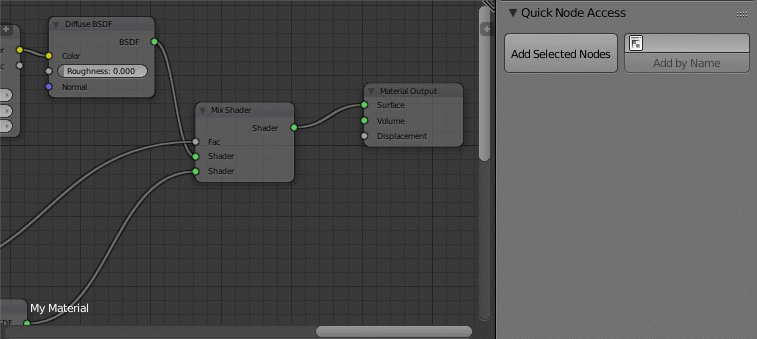

Here, you’re requesting Artillery’s website for a 60-second duration with 20 new users arriving at the URL. You tell Artillery which endpoints you want to request, at what rate, for what duration, etc.Ī basic test script looks like this: config: Artillery works by writing a configuration file that defines your load profile. It’s also particularly good at running performance tests for API requests. One main thing to consider is that even though you’re testing a Node.js application if you’re going to performance test from the outside world across a network, it doesn’t matter if your performance test tooling is written in Node.js.įor basic HTTP performance testing, I like Artillery a straightforward performance testing tool written in Node.js. Step 1: Choosing Node.js performance test toolingįirst, you’ll want to choose a tool that will allow you to run your performance tests. There are many tools out there, all with different pros and cons for Node.js performance tuning. Let’s go step by step how you can set up, run, and analyze a performance test of your Node.js application to make sure you’re doing your best to leverage Node.js performance capabilities. Now we know about Node.js’s single-threaded nature, we can use it to our advantage. We want to avoid doing long-running tasks synchronously, such as making network requests, writing files, or performing a heavy computation. As we change our application, we need to consider this behavior. If we do not program with the event loop in mind, while the file is uploading, Node.js could end up hogging all the system resources and could block other users from using your application-uh-oh!Īnd that’s why you need to understand Node.js’s single-threaded nature. Also, users expect uploading of tasks to take time, but they’re a lot less forgiving with page load times. The user upload API is used infrequently. Imagine you’re building a Node.js application with two endpoints: one for file uploading, and one that fetches a user profile. The user profile API will probably be requested significantly more often than the file upload, and if it doesn’t respond quick enough, it’ll block every page load for every user-not good. Let me explain… Node.js performance and the event loop Okay, so maybe you’re wondering: what does all this techno-jargon have to do with performance? Most of the out-of-the-box Node APIs have both a synchronous and asynchronous method of execution.

So, rather than threading, we use async code, facilitated by programming styles like callbacks, promises, and async/await. That means that while one task is waiting, another can start. If there is work, it’ll bring these onto the call stack and then run them to completion (we’ll talk about run-to-completion soon).īy breaking tasks down, Node.js can multi-task, which is your substitute for threading. It works like a heartbeat: Every few milliseconds, Node.js will check a work queue to start new tasks. The event loop is Node.js’s way of breaking down long-running processes into small chunks.
#Quick node sxriptinv code#
Instead, to write applications that perform multiple tasks at once, we have the asynchronous code and the event loop. Node.js doesn’t have this capability, at least not in the traditional sense.

Threading, as a concept, allows concurrent processing within an application. So let’s break this down a little so we understand what these mean. The big consideration for Node.js applications is their single-threaded, run-to-completion behavior-facilitated by what’s known as the event loop. Now, I know what you’re thinking: that’s a lot. We’ll need to have knowledge of these characteristics later when we run our performance tests. This method has the advantage of working with any async script, even those that are not explicitly designed to be run as a child process, such as a third party script you would like to invoke.Before we begin, let’s take a quick look at one of the more unique characteristics of Node.js performance. You can use a child process to run the script, and listen for exit and error events to know when the process is completed or errors out (which in some cases may result in the exit event not firing).


 0 kommentar(er)
0 kommentar(er)
